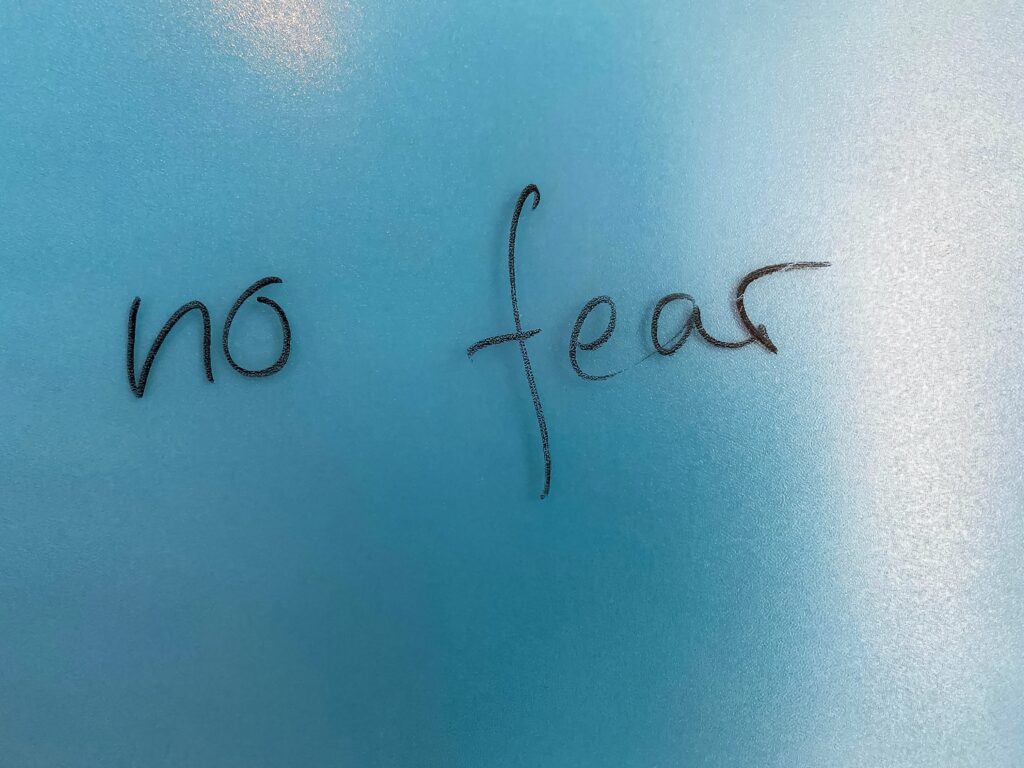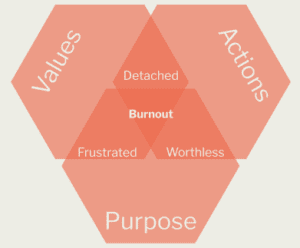
Understanding Toxic Workplace Cultures
The word toxic can be used to describe something that is very harmful or unpleasant in a pervasive or insidious way. Which means It exists in, or spreads through every part of something – like a bad smell that gradually and subtly infiltrates and permeates every fibre, every element. Sounds pretty awful, right? The good news is – you can do something about it. The bad news is that you need to find the root cause first and that can sometimes be a bit of a minefield..
So put that toxicity into a workplace culture and you are looking at an environment which is volatile, unsupportive, unhappy and unproductive. But what does that actually look like?
Well, we can confirm that it’s not pretty and it’s the kind of beast that really digs its heels in.
Defining Workplace Culture
Let’s start by defining what a workplace culture actually refers to: A workplace culture encompasses the feeling and functionality of your organisation. It’s the system of ideas and ideals that determine policy and ethics and includes things such as traditions, attitudes, interactions, values, behaviours and ethics. A toxic workplace culture, therefore, is one that disrupts and destroys wellbeing, productivity and collaboration. This toxicity can be localised or overarching, multifaceted or singular, but whatever form it takes, unless it’s found and faced, it has the capacity to cause a lot of damage.
Our relationship to our job and our workplace is complicated. It involves a lot of factors that are intricate and entwined and it matters. The average person in the U.K. will spend almost 30% waking hours during their working life at work, that’s potentially over 84,365 hours in a lifetime, so providing our employees with a happy healthy working culture will profoundly affect their general health and wellbeing and in turn their ability to affect the health and wellbeing of those around them.
Since the pandemic, according to the Office for National Statistics around 40% of the UK’s working population now work from home or a mixture of home and work. Hybrid working brings with it a whole heap of added pitfalls for enabling a toxic working culture and it’s a lot harder to leave work at work when work is home.
Identifying a Toxic Workplace Culture
These are some of the things you may be seeing in your organisation if you a toxic culture has taken hold:
- A lack of enthusiasm, energy and engagement from your employees
- Fear of failure, fear of speaking up and thinking creatively
- General confusion and misalignment about projects, purpose and goals
- Gossip backstabbing and drama that escalates and festers
- Low staff retention and difficulty in finding and retaining talent
Recognising the symptoms is one thing, curing it another, but understanding why and how it has come about in the first place is crucial for keeping it at bay.
Poor Leadership
One of the biggest contributors is poor leadership: Now we realise, that’s a big subject and one which we at The Hive could talk about all day but in essence we are looking at micromanaging, lack of empathy, poor communication, gender bias, favouritism and a simple lack of knowledge. When employees feel they are being micromanaged, they will feel powerless to succeed and have no sense of ownership. Trust factors enormously in a healthy working environment and micromanaging is a perfect way to show your employees that you don’t trust them and that you have very little faith in their ability. This decreases productivity and encourages apathy.
Lack of Trust
Trust is gained through empathy and if your managers are lacking in it, they will probably have little knowledge or interest in the lives, hopes, abilities and aspirations of their subordinates which in turn means those subordinates won’t feel valued; they won’t feel comfortable to express their ideas and feelings and they won’t feel the need for discretionary effort. In fact, they may feel like they want to do the bare minimum in order to simply tick the box and there you have it: Initiative and innovation has been suffocated.
Familiarity Bias / Favouritism
Familiarity bias and favouritism is a big factor in toxicity at work. It’s hard to spot it and call it out, but it causes an environment that is stagnant, lacking in energy, creativity and diversity of thought. It often stems from a fear of being ‘found out’. Found to be lacking in knowledge and found to be ignorant of cultural and social multiplicity. Not giving the chance to your staff to evolve professionally or being unfair regarding career opportunities strongly affects the way your workforce feels. When there’s a sense that no amount of hard work and effort will equal recognition and rewards, quiet quitting sets in and another talented individual leaves to find a role in an organisation that recognises the importance of offering career progression and learning and development opportunities.
Bad Management
Bad management and leadership in the recruitment process means that spotting a toxic individual before you bring them into your organisation can be a tricky. Once they have their foot in the door it can be a long and expensive process to either extricate them or educate them. If the company values and ideals aren’t clear and filtered through every part of your organisation, how can you ensure that your employees are aligned to those values? And if they aren’t they have the potential to be a big contributor to toxicity.
Gossip
Someone who is a rife gossip and dramatist can be seen as harmless if they are solitary , but if your organisation has multiple, the drama and hype can spread and grow exponentially; bullying and backstabbing surfaces and targets those who are more conscientious, vulnerable or inexperienced. Trust soon disappears, perspectives are lost and the impetus to support, collaborate and share is gone. Toxicity also comes from those who habitually and passively complain and moan but without the courage or initiative to articulate their grievances to those who have the power to do anything about it. Healthy feedback is vital in an organisation but spreading negativity breeds a toxic working environment that plants seeds of doubt and mistrust amongst departments and teams.
Isolation
Other contributors to a toxic workplace are based around social interaction, friendships, collaboration and group activity. Adopting an approach that is focussed on outcomes and profit rather than being employee centric causes employees to question their motivation. Lack of consistency across the board in attitudes towards these approaches encourages jealousy, speculation, inefficiency and miscommunication. A robust approach to communication and collaborative project management in an organisation is vital for avoiding double handling, costly and easily avoided mistakes, misunderstandings that destroy morale and imbed a sense of fear and isolation within your teams.
Work/Life Balance
Finally, we come to the last big contributor of toxicity in the workplace and that is stress. Work/life balance isn’t easy to find and unless the workload is realistic and the trust and support is there, your employees are going to be dropping like flies. Perspective is lost, overwhelm occurs and misery ensues.
If you are reading this with a knot forming in your gut and sense of impending doom, take a breath, don’t fear, this can be fixed. It just takes a bit of time and a concerted and united effort.
Addressing Toxic Workplace Cultures
So what needs to be done to turn this around? As a leader you should positively engage with your employees. Get to know them, understand what motivates them and encourage vulnerability. Let your door be open; be seen, encourage discussion and regular feedback. Practise emotional intelligence by listening and empathising and encourage your employees to do the same. Create a safe space where honesty doesn’t result in reprimand or humiliation. Lead by example, accept what you don’t know and encourage those that do to fill the gaps. Build a culture where hard work and commitment is celebrated, rewarded and encouraged. Build values, vision and goals into your policy and procedure. Collaborate, include, be transparent and make use of the power of collective intelligence.
Build robust policies and procedures that are simple, clear and realistic. Include a learning and development policy; where everyone has the opportunity to grow and share knowledge, to progress and feel empowered. Develop a recruitment policy that is followed tirelessly in order to ensure values, vision and mission form part of your organisation’s DNA and DEI is embedded in the decisions that are made.
Encourage sharing and a respect for individuality. Encourage friendships and social interaction. Make asking for help a positive and powerful act that fuels a sense of belonging and value.
Give people the tools and the training and then step back and allow them to take ownership of their successes and failures.
Ultimately, the hardest and most challenging way to rid your working culture of toxicity is to extricate those who feed it. Unless you are able to address the elephant (s) in the room, all your hard work could be futile.
Need some help in transforming your workplace culture?
We are here for you. As a team of passionate, skilled, and professional leadership, culture change, and sales facilitators, trainers, and coaches, we specialize in addressing toxic workplace cultures and fostering positive change.













































